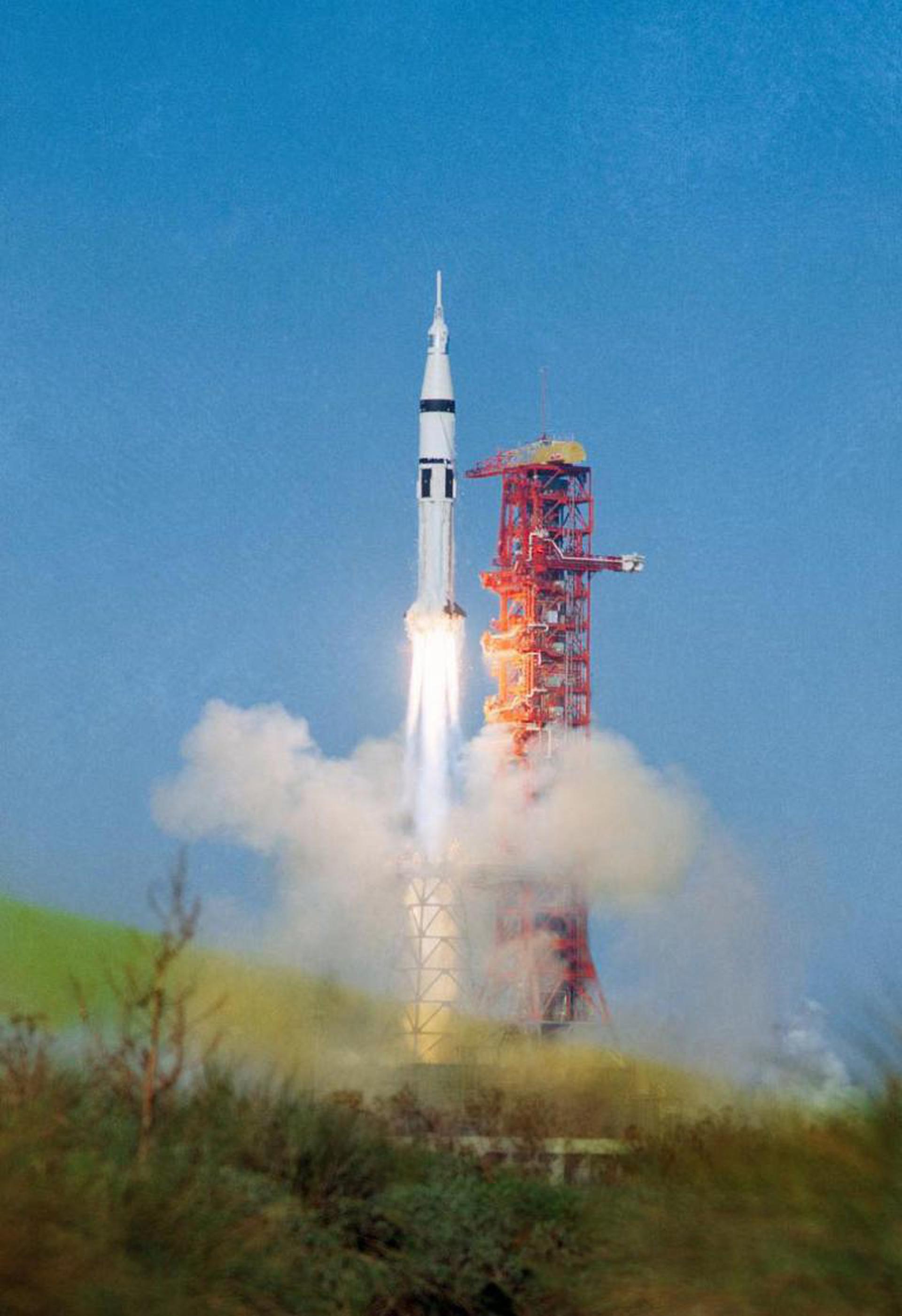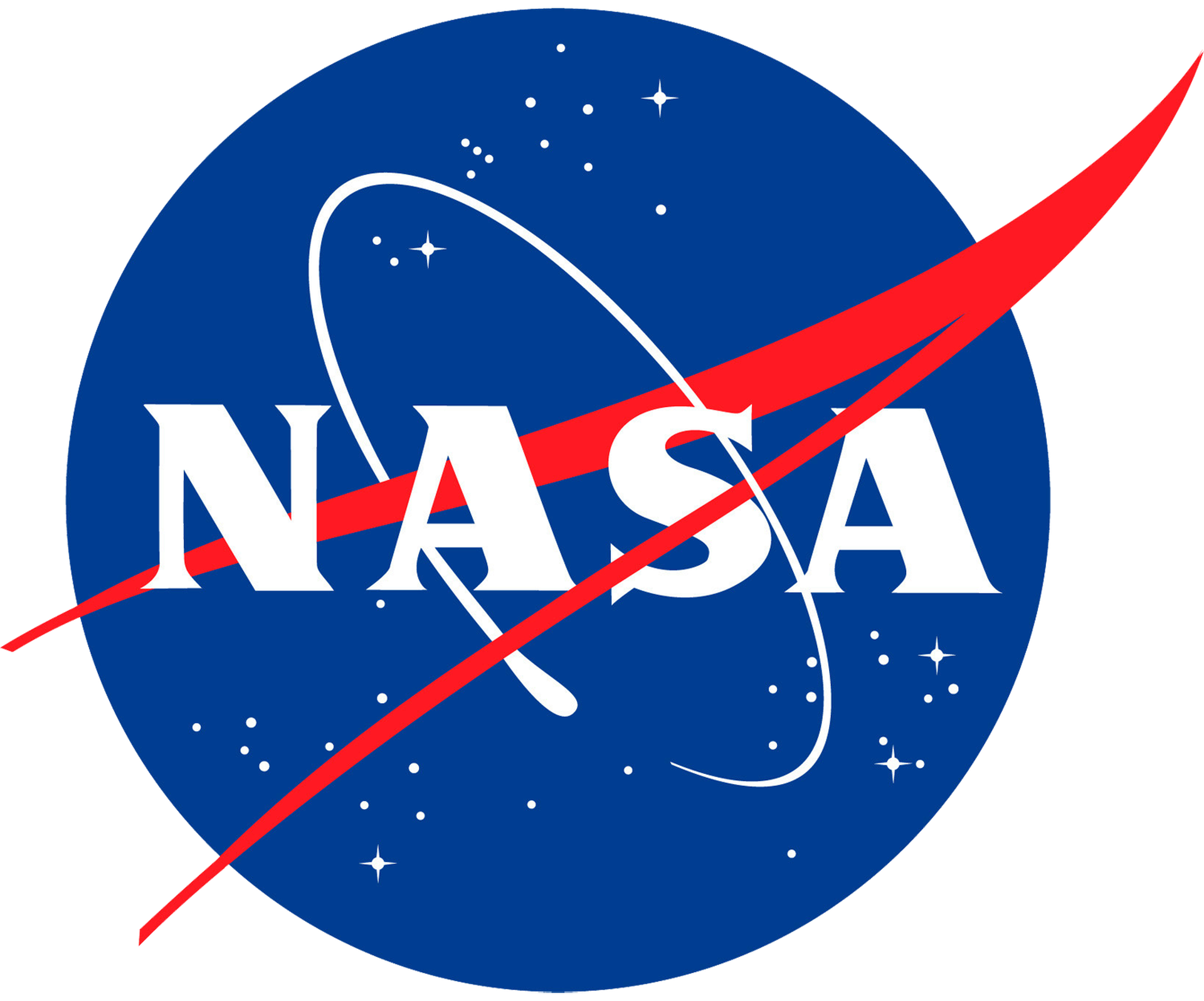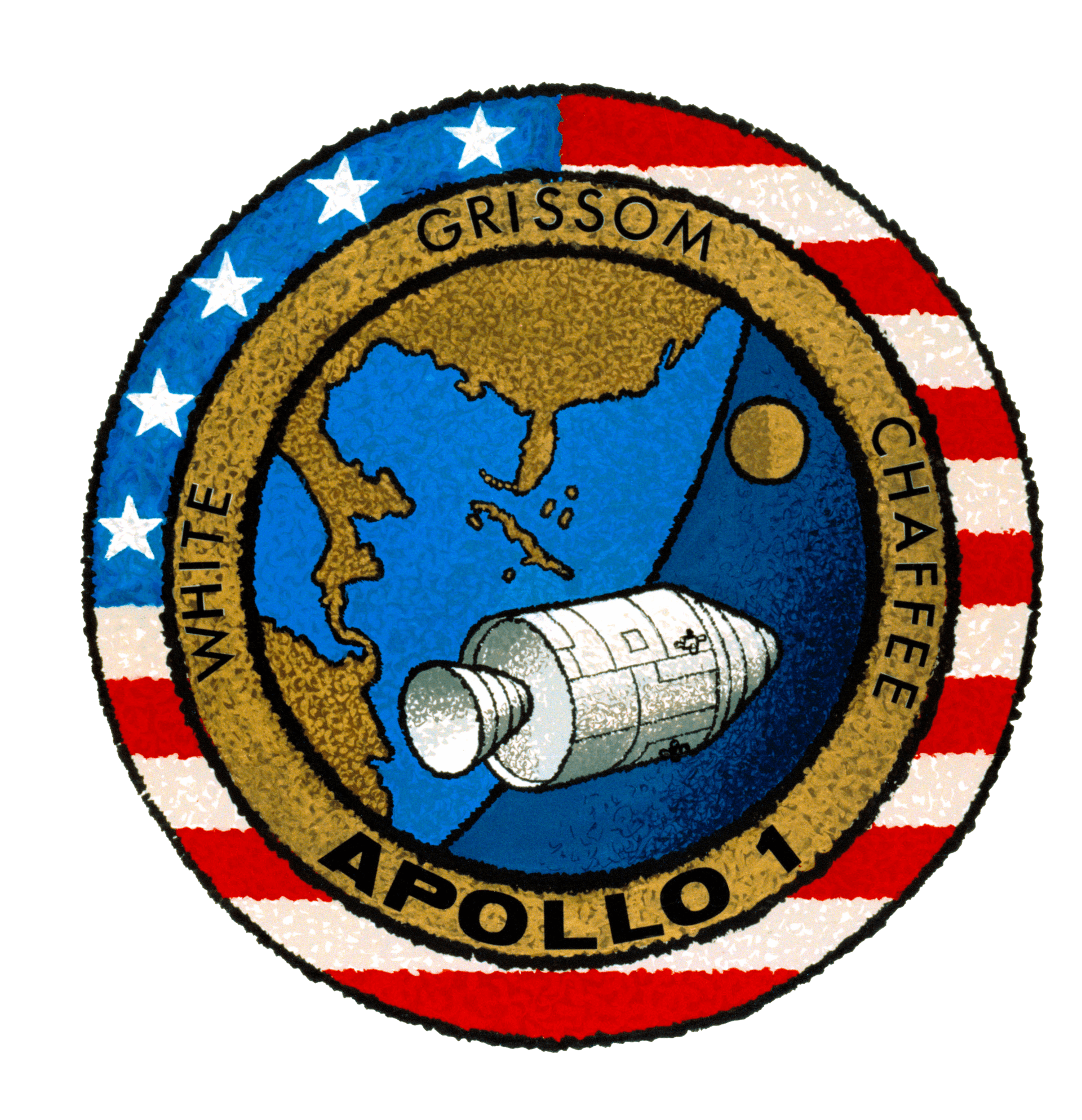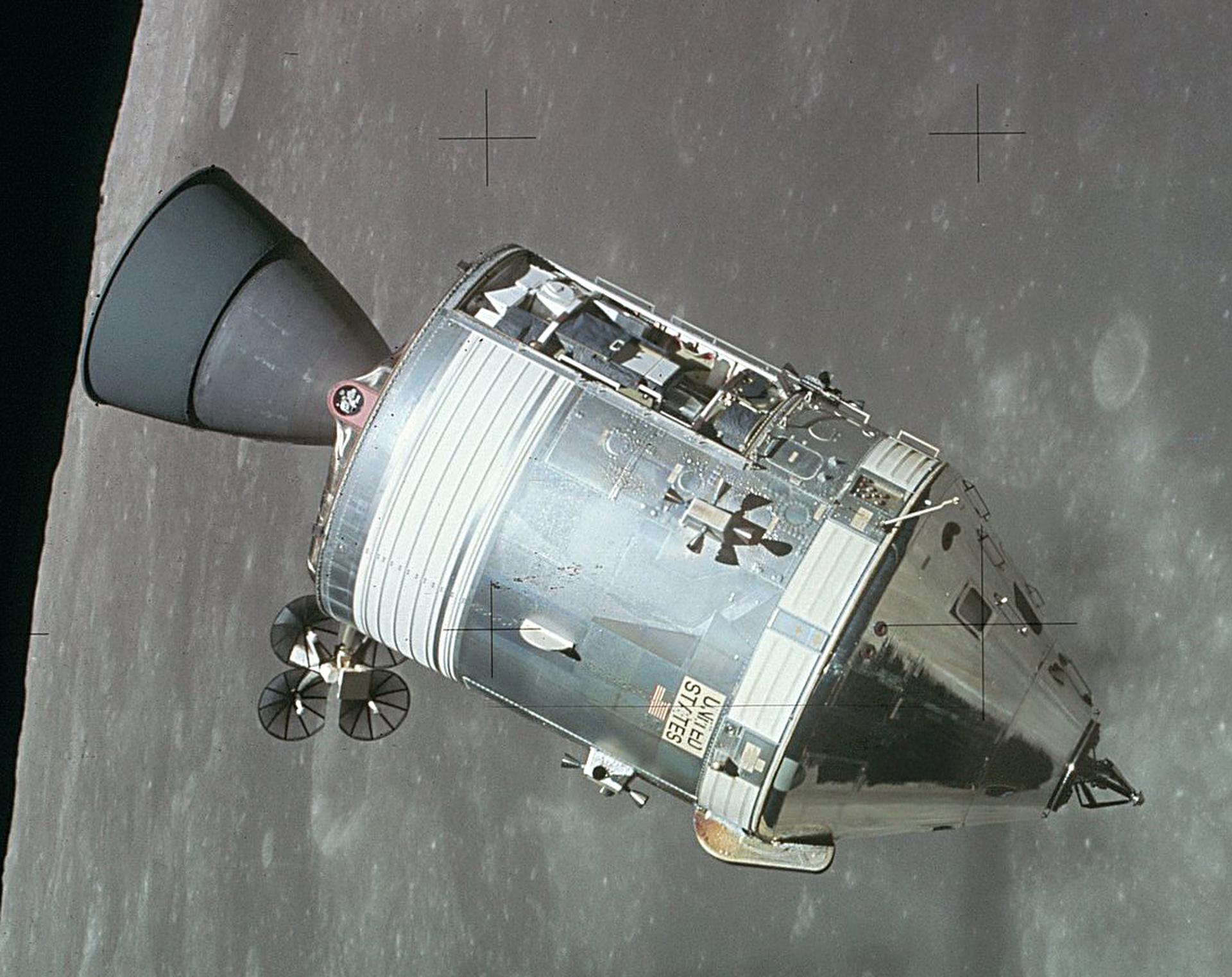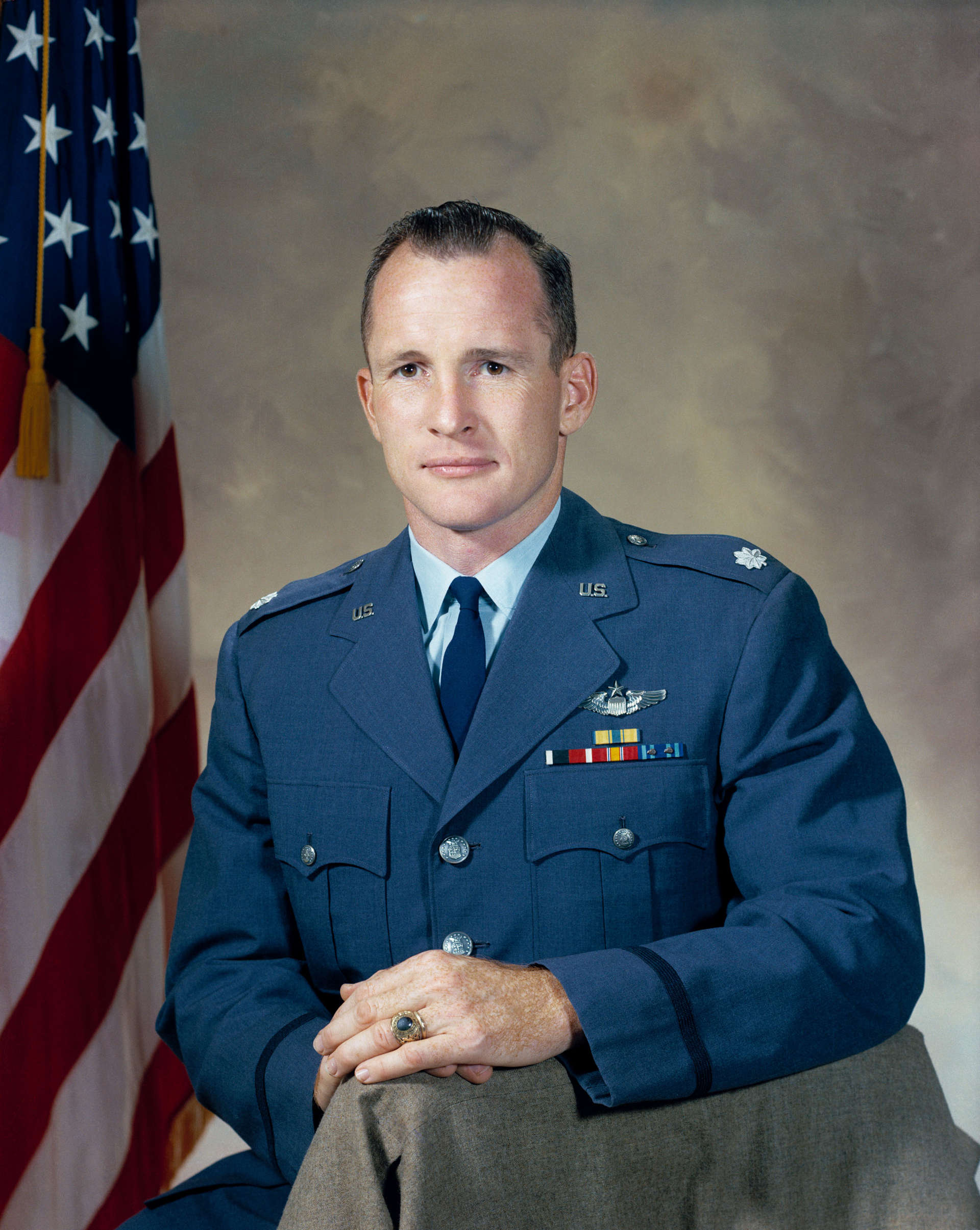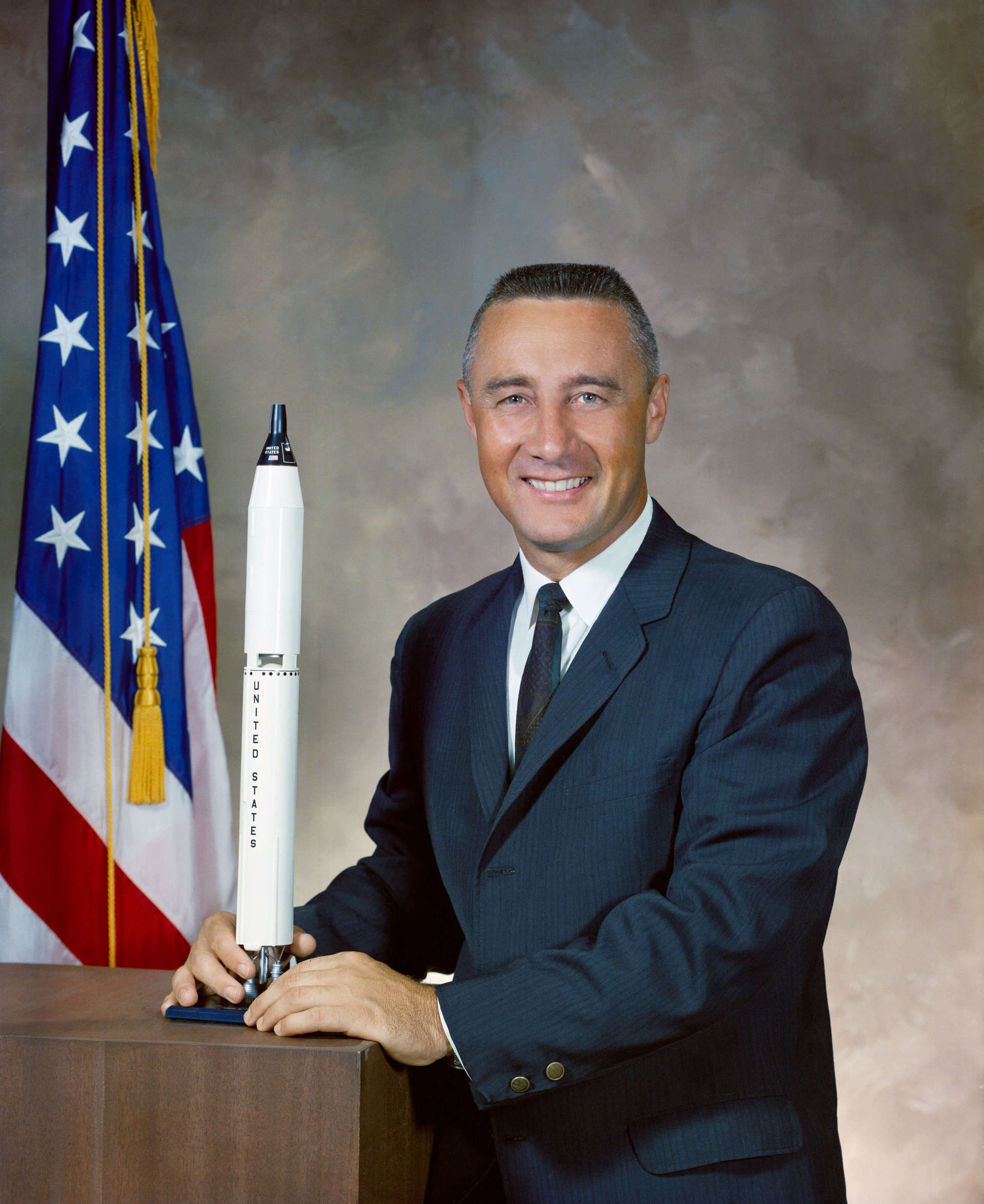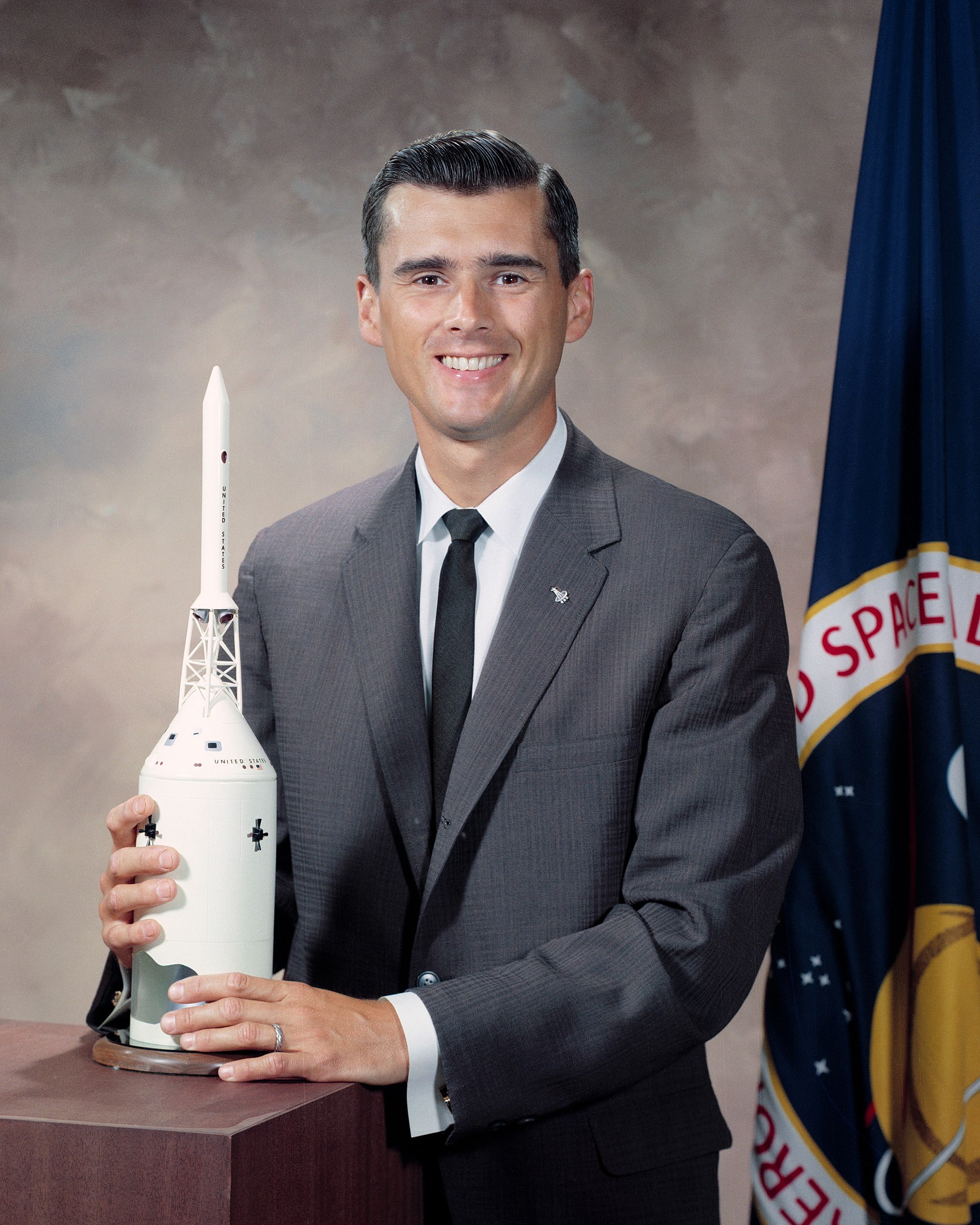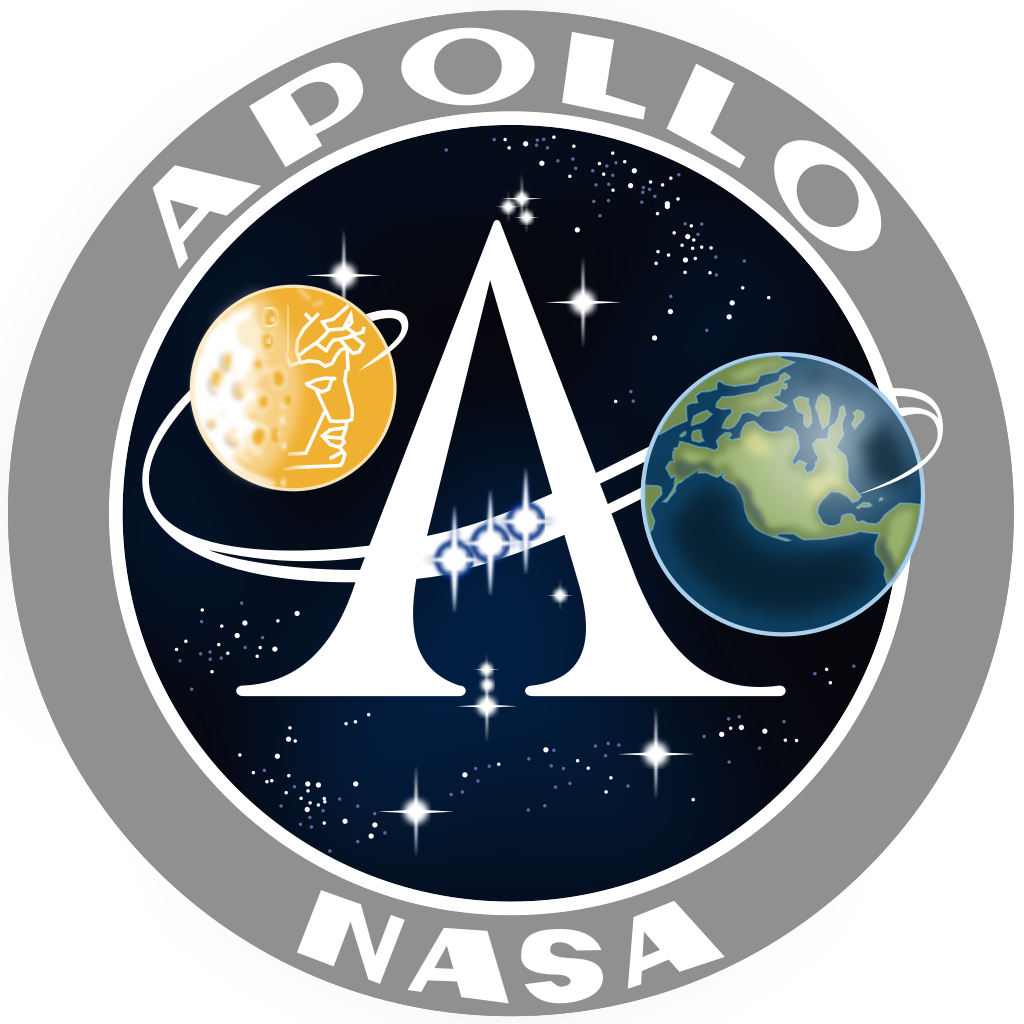Saturn IB | Apollo 1 (Failure before launch)
Launch Complex 34
Cape Canaveral SFS, FL, USA
T?
--
Days
:
--
Hours
:
--
Mins
:
--
Secs
Date Loading...
National Aeronautics and Space Administration
The National Aeronautics and Space Administration is an independent agency of the executive branch of the United States federal government responsible for the civilian space program, as well as aeronautics and aerospace research. NASA have many launch facilities but most are inactive. The most commonly used pad will be LC-39B at Kennedy Space Center in Florida.
Apollo 1
Apollo 1, initially designated AS-204, was the first crewed mission of the United States Apollo program, the undertaking to land the first man on the Moon. It was planned to launch on February 21, 1967, as the first low Earth orbital test of the Apollo command and service module. The mission never flew; a cabin fire during a launch rehearsal test at Cape Kennedy Air Force Station Launch Complex 34 on January 27 killed all three crew members—Command Pilot Gus Grissom, Senior Pilot Ed White, and Pilot Roger B. Chaffee—and destroyed the command module (CM). The name Apollo 1, chosen by the crew, was made official by NASA in their honor after the fire.
Apollo CSM-012
Serial CSM-012
Launch Crew Count 3
Status Destroyed
Landing Time 1967-01-27T23:31:19+0000
Crew
Ed White
Senior Pilot
Nationality American
Date Of Birth 1930-11-14
Deceased 1967-01-27
Status Lost In Training
Type Government
Gus Grissom
Command Pilot
Nationality American
Date Of Birth 1926-04-03
Deceased 1967-01-27
Status Lost In Training
Type Government
Roger B. Chaffee
Pilot
Nationality American
Date Of Birth 1935-02-15
Deceased 1967-01-27
Status Lost In Training
Type Government
Saturn IB
Height 43.20 Meters
Max Stages 2
Mass To GTO 0 kg
Liftoff Thrust 7100 kN
Diameter 6.61 Meters
Mass To LEO 21000 kg
Liftoff Mass 590 Tonnes
Launch Success 9
Consecutive Success 6
Maiden Flight 1966-02-26
Launch Failures 1
Programs
Apollo
The Apollo program was the third United States human spaceflight program carried out by the National Aeronautics and Space Administration (NASA), which succeeded in landing the first humans on the Moon from 1969 to 1972.
